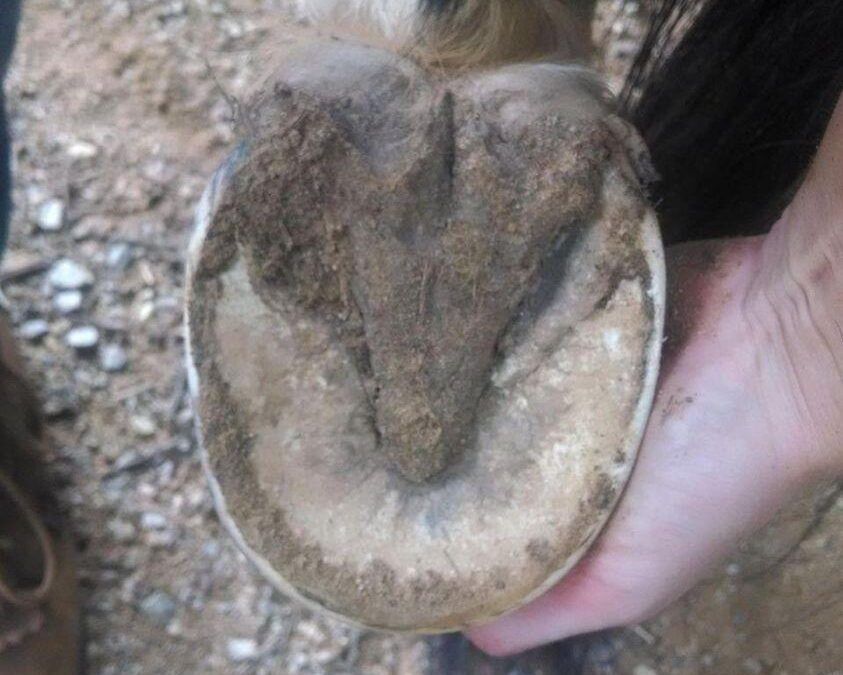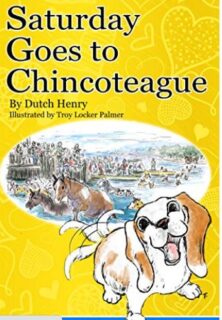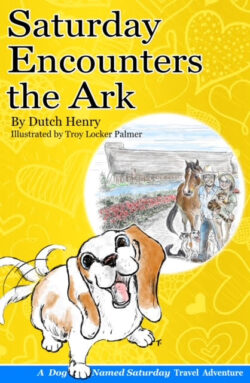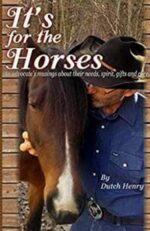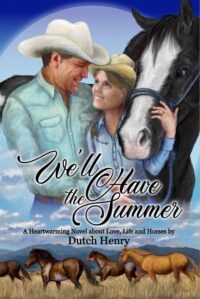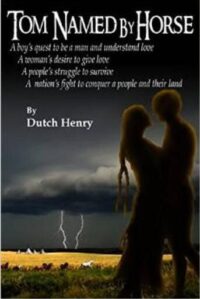Howdy Friends! Hoof issues are a result of many aspects of animal husbandry including a barefoot horse.
And I replied: Sorry for your boy’s troubles. Giving advice on something this severe from afar is most difficult. Having said that I’ll share some thoughts.
One of the many aspects of animal husbandry is hoof issues. All need to be addressed. Above all, please note each horse is an individual but each horse can enjoy being a barefoot horse, if we seek out the care they need. Sound basic principles will always create sound hoof health over time with persistence. Resorting to shoes is a death sentence eventually.
What are these basic sound principles of hoof care?
They are surprisingly simple, affordable and easy to administer. In no particular order, as the order of importance may vary with each horse.
- DIET: No horse should ever have grain, none. They are forage animals. Only low sugar hay – If your horse is susceptible to poor hooves, and really all horses, hay should be less than 10% sugar, Less than 15% protein. Limited access to free range grazing as all grasses today are high in sugar.
- EXERSISE: No stall. Never. Only open run-in leading to room to exercise. Look into and create a track system for exercise – this is a must. Don’t let peer pressure talk you out of this. Jamie Jackson has an excellent book on this, why it matters, how it helps, and how easy to construct.
- ROCKS: Round rocks placed (and replaced/top-dressed) in all high traffic areas are not only essential, but humane. No horse should ever be forced to walk in mud. A horse can’t create sound hooves if their entire habitat is soft earth and grass. This is why we see so many spread out hooves. It is necessary to to stimulate blood flow, hoof flexibility, natural toughening and exfoliation. This is perhaps one of the most important things we can do for our horses, and sadly the most neglected. Fastest way to great hoof health is round rocks, a mix of 1 to 3 inches in size, 3 to 4 inches deep in high traffic areas.
- TRIMMING & MAINTENANCE: Bare feet grow faster than shod feet. A good schedule is 3 to 4 weeks. Rasp only, if a nipper is needed the time period is too long. If a nipper is needed the lamina, white line, has already been stretched, damaged. Rasp only that part of hoof to be removed, only around the edge from outside in a bevel often called mustang roll. Never ever remove anything from the sole, frog or heel bars. Proper toe length is easy – no more than one third of hoof should be in front of apex of frog. (Buy Pete Ramey & Jamie Jackson’s books. Also get Pete Ramey’s DVD’s on trimming problem hooves) Also get, read, study & practice Jamie’s book “FOUNDER” Even if your horse is not laminitatic, there is SO much knowledge in there easy to understand.
- WATCH, LIMIT, TOXINS, & CHEMICALS: Dewormers, vaccinations and fly sprays are toxic to horses. Horses have a very difficult time removing toxins, and they settle in the feet. All these practices can and should be practiced sparingly, if at all. Especially if re-habbing a foundered or poor footed horse. Sadly, few equine enthusiasts connect poor overall health, or hoof problems to these toxins. But they are connected.
That’s it. These simple animal husbandry practices can and will create not only sound hoof health every time practiced together, but a magnificently sound and happy barefoot horse overall. Hope this helps! ~
Gitty Up, Dutch.
(This is my mare Rosie’s foot. 21 year old Paso Fino. We rehabbed here through many issues over the past 30 months, one was repeated founder.)
BE SURE TO GET MY BOOK, “IT’S FOR THE HORSES,” for many more details.

